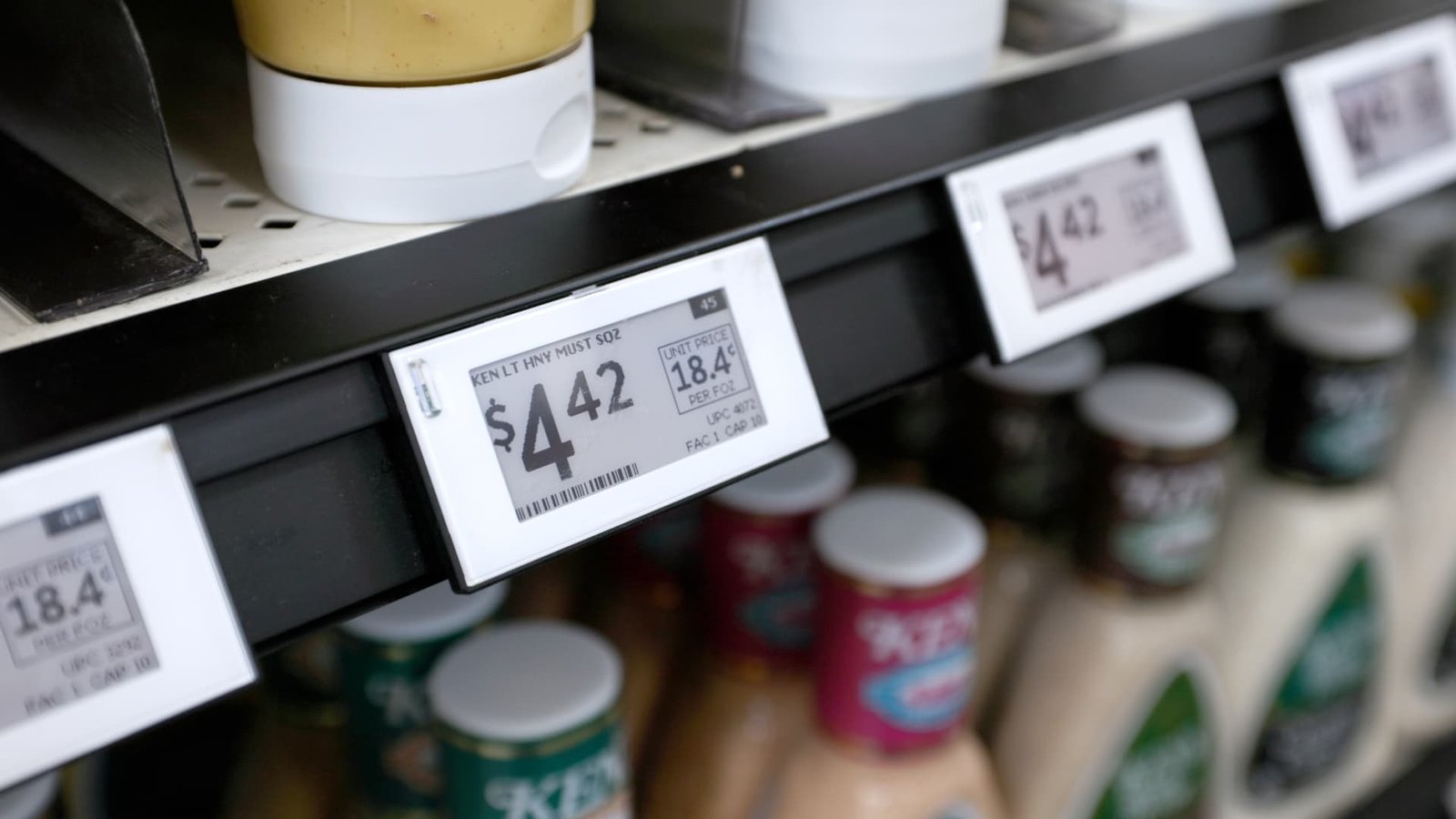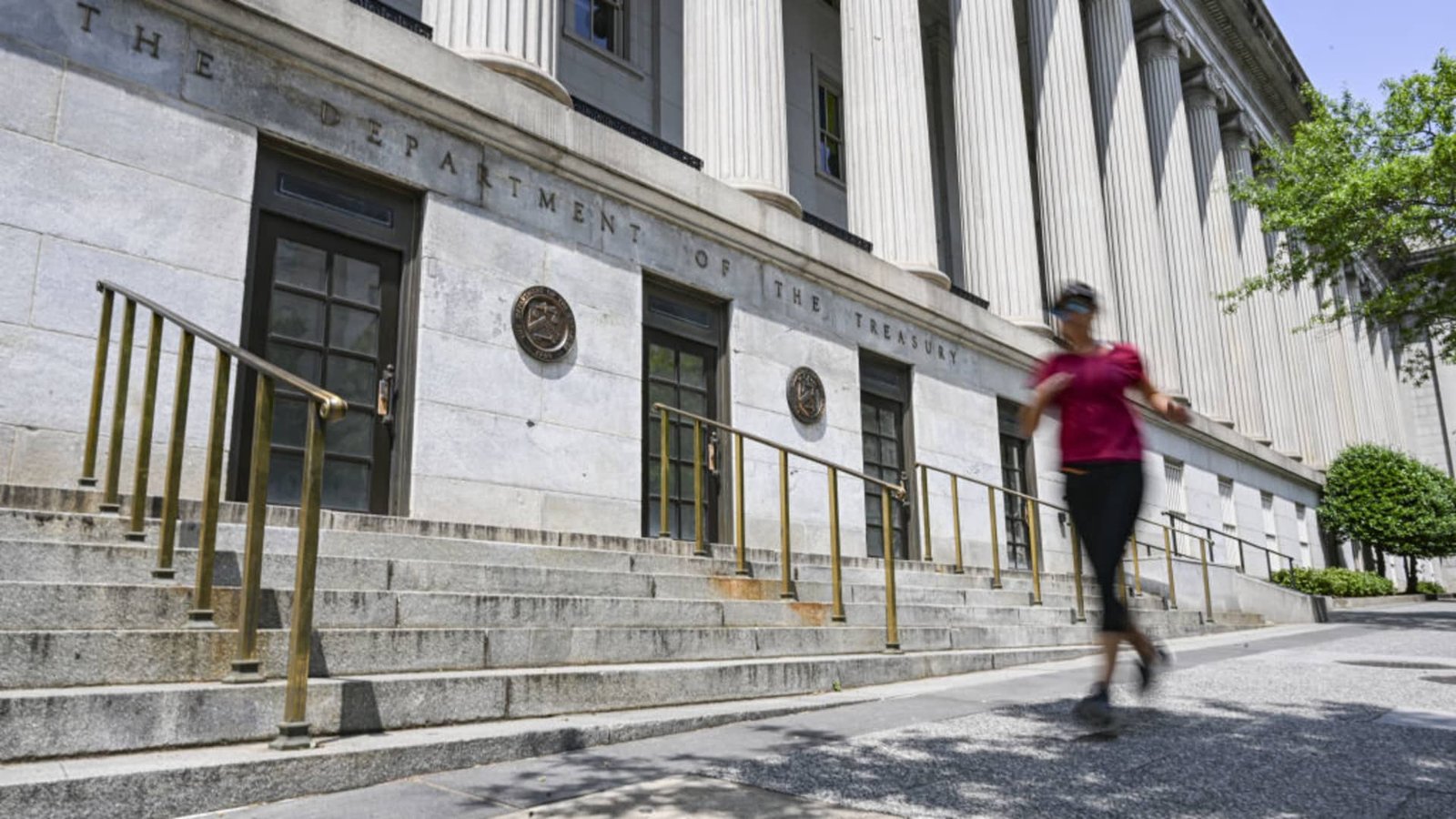Wholesale prices increased in August as expected, marking the final inflation data point before the Federal Reserve’s anticipated interest rate cut. The Bureau of Labor Statistics reported that the producer price index, which measures the costs of goods and services received by producers, rose by 0.2% for the month, in line with the consensus estimate.
Excluding food and energy, the PPI increased by 0.3%, slightly higher than the consensus estimate of 0.2%. The core increase remained the same when trade services were excluded. On a 12-month basis, the headline PPI rose by 1.7%, while the annual rate was 3.3% when food, energy, and trade were excluded.
In other economic news, the Labor Department announced that initial filings for unemployment benefits totaled 230,000 for the week ending September 7, slightly higher than the previous period and above the estimated 225,000.
Following the report, stock market futures showed little change, while Treasury yields mostly decreased. Services prices were a significant contributor to the PPI increase, with a 0.4% monthly rise driven by services excluding trade, transportation, and warehousing. Guestroom rental saw a substantial 4.8% increase, while goods prices remained flat for the month, reversing the 0.6% gain in July.
The release followed a report by the BLS indicating a 0.2% increase in consumer prices for the month, in line with expectations. However, core prices rose by 0.3%, slightly higher than anticipated, primarily due to increased shelter-related expenses. On an annual basis, headline CPI inflation decreased to 2.5%, while core inflation remained at 3.2%.
Despite these reports, the Fed is expected to proceed with a quarter percentage point interest rate cut at the conclusion of its two-day policy meeting. The central bank’s current targeted overnight borrowing rate ranges between 5.25% and 5.5%.
Chris Larkin, managing director of trading and investing for E-Trade from Morgan Stanley, stated, “With PPI basically repeating yesterday’s CPI reading and jobless claims in line with expectations, the decks have been cleared for the Fed to kick off a rate-cutting cycle.” Market expectations lean towards an initial 0.25% cut, with discussions shifting towards the extent and pace of future rate reductions.
Recent data and statements from policymakers have influenced Wall Street to anticipate a traditional quarter-point rate cut rather than a more aggressive half-point reduction. Traders are looking ahead to a potential total reduction of one percentage point by the end of 2024, according to the CME Group’s FedWatch gauge.
Fed officials have recently focused on a slowing labor market, as indicated by the jobless claims report showing a slight increase in weekly claims over the past few months. Continuing claims edged higher to 1.85 million, up by 5,000 from the previous period.




